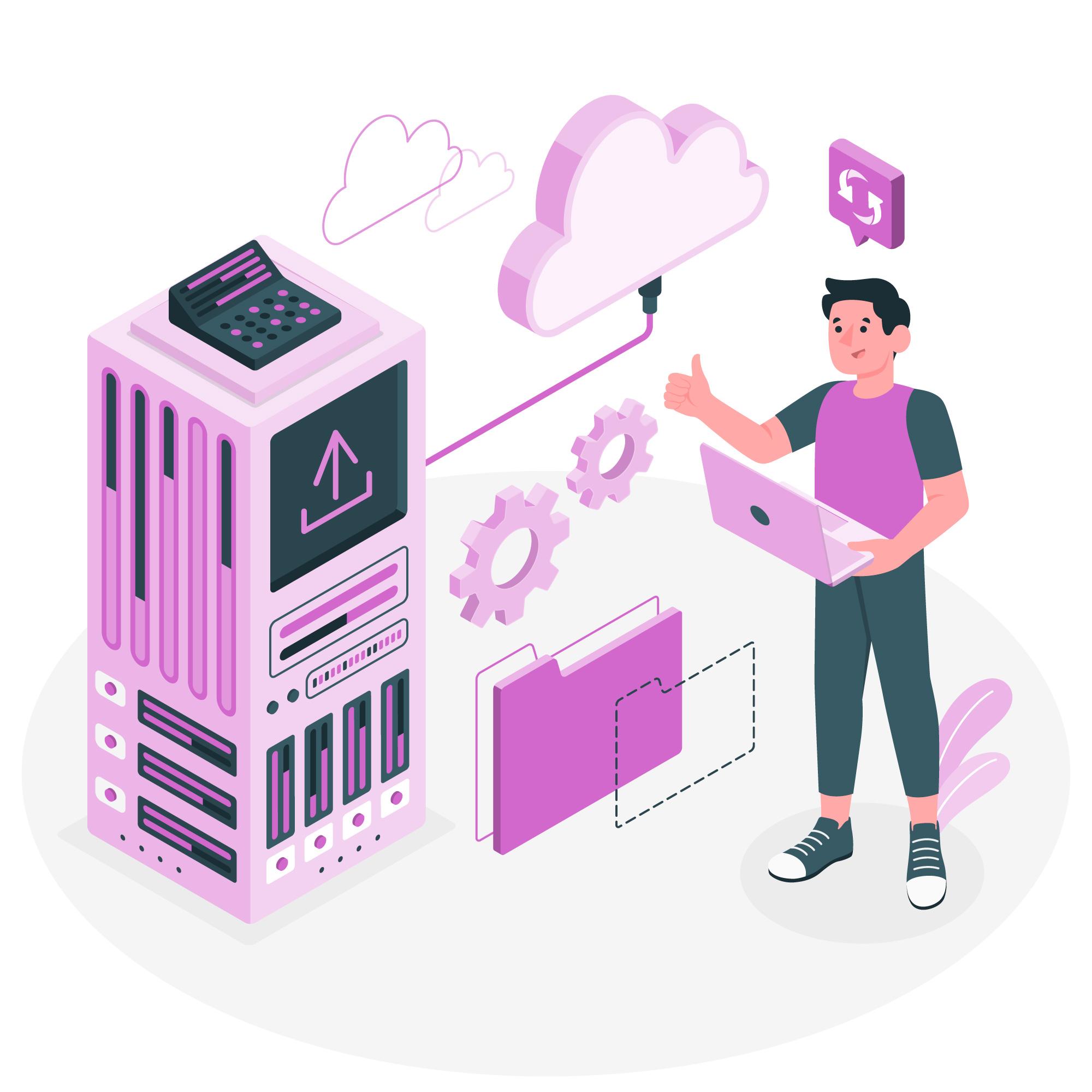Data Annotation Challenges: How to Overcome Bias and Inaccuracy

Introduction to Data Annotation
Data annotation is the backbone of artificial intelligence and machine learning. It transforms raw data into meaningful information, allowing algorithms to learn and make predictions. As AI continues to evolve, the demand for high-quality data annotation service has never been greater.
However, this process isn’t without its hurdles. Bias and inaccuracy can seep into datasets like unwelcome guests at a party, leading to skewed results that compromise the integrity of AI systems. Understanding these challenges is crucial for anyone looking to harness the power of data effectively.
Tackling bias and inaccuracy requires more than just awareness; it demands strategic approaches and innovative solutions. Let’s delve deeper into these issues to uncover how we can ensure our data annotation processes are reliable, accurate, and ultimately beneficial for AI development.
Why Bias and Inaccuracy are Major Challenges
Bias and inaccuracy are significant hurdles in the realm of data annotation services. When data is skewed or flawed, it can lead to systems making erroneous predictions or decisions. This often results from human errors during the labeling process or unintentional biases ingrained in training datasets.
Moreover, these issues can perpetuate stereotypes or reinforce existing inequalities. For instance, if an annotated dataset lacks diversity, AI models may fail to understand various demographic nuances. This not only impacts model performance but also raises ethical concerns about fairness and representation.
The ripple effects of bias extend beyond technical inaccuracies; they can damage trust between users and AI technologies. Organizations relying on faulty annotations risk implementing solutions that misinterpret user needs or societal norms. Thus, addressing bias and accuracy isn’t just a technical challenge—it’s crucial for responsible innovation in artificial intelligence.
Common Types of Bias in Data Annotation
Bias in data annotation can take many forms, each impacting the quality of machine learning models. One common type is selection bias, where the chosen dataset does not represent the broader population. This leads to models that perform poorly on real-world data.
Another issue is label bias, which arises when human annotators have subjective interpretations of what labels mean. This inconsistency can skew results and diminish model accuracy.
Cultural bias also plays a significant role, particularly in language processing tasks. If annotators come from similar backgrounds or cultures, their perspectives might overlook crucial nuances found in diverse populations.
Confirmation bias occurs when annotators favor information that supports pre-existing beliefs while ignoring contradictory evidence. Such biases undermine the objectivity necessary for effective data annotation services and ultimately hinder AI development efforts across various sectors.
Strategies for Overcoming Bias and Inaccuracy
One effective strategy to overcome bias in data annotation is diversification. By involving a varied group of annotators, you can minimize the influence of individual perspectives. This diversity helps capture a wider range of viewpoints and reduces the likelihood of systemic biases.
Training is another crucial component. Providing thorough training sessions that emphasize awareness of biases ensures that annotators understand their potential impact on data quality. Workshops focused on cultural sensitivities can also enhance this understanding.
Regular audits play an essential role too. Conducting routine checks on annotated data helps identify inaccuracies or biased patterns early on. These audits should be systematic and involve cross-referencing with expert opinions when necessary.
Encouraging open feedback creates a culture where team members feel comfortable discussing challenges they encounter during annotation tasks. This dialogue fosters continuous improvement and innovation in processes, ultimately leading to more accurate results.
The Role of Human Annotators vs. Automated Tools
- Human annotators bring a unique perspective to data annotation. Their understanding of context and nuance often surpasses that of automated tools. This human touch can be crucial, especially in complex tasks requiring emotional intelligence or cultural awareness.
- On the other hand, automated tools excel in speed and efficiency. They can process vast amounts of data quickly, making them an attractive option for large-scale projects. However, they may struggle with subtleties that humans intuitively grasp.
- The ideal approach combines both methods. Human annotators can oversee the quality control process while automation handles routine tasks. This synergy not only enhances accuracy but also reduces overall costs associated with data annotation services.
- Striking this balance is essential for producing high-quality datasets that drive effective AI models forward.
- Each has its strengths; leveraging them together maximizes potential outcomes in any annotation project.
Case Studies of Successful Data Annotation Processes
One notable case study comes from a leading autonomous vehicle company. They faced challenges in training their AI models due to inconsistencies in labeled data. By implementing a tiered annotation process, they ensured that multiple annotators reviewed each dataset. This approach significantly reduced bias and improved accuracy.
Another example is a healthcare startup using data annotation services for medical imaging. Initially, the annotations varied widely across different radiologists. They standardized their guidelines and used collaborative platforms where experts could discuss discrepancies before finalizing labels. This not only boosted quality but also fostered teamwork among professionals.
A social media analytics firm tackled sentiment analysis by leveraging diverse annotator backgrounds to capture nuanced opinions more effectively. Their emphasis on demographic diversity led to richer insights, enhancing the performance of their algorithms.
These examples illustrate how structured approaches can transform data annotation processes into reliable foundations for machine learning applications.
Conclusion: Ensuring Accurate and Unbiased Data Annotation is Key for AI Development
Accurate and unbiased data annotation is essential for the development of effective AI systems. As artificial intelligence continues to evolve, the reliance on high-quality annotated data becomes more critical. Each dataset shapes how algorithms learn and make decisions.
Bias in data can lead to flawed models that perpetuate stereotypes or overlook vital perspectives. This can have real-world implications, affecting everything from hiring practices to law enforcement. Therefore, addressing bias is not just a best practice; it’s a necessity.
Implementing strategies like diverse training datasets, ongoing audits of annotated data, and involving multiple annotators can significantly reduce inaccuracies. The interplay between human insight and automated tools also plays a crucial role in achieving reliable outcomes.
Successful case studies highlight the importance of these efforts in delivering robust Data Annotation Services. Organizations that prioritize accuracy are better positioned to create fairer AI systems while fostering trust among users.
As we advance into an era dominated by intelligent machines, ensuring our foundational datasets are free from bias will pave the way for responsible AI development—a goal worth striving towards across industries.




